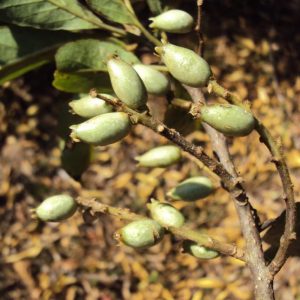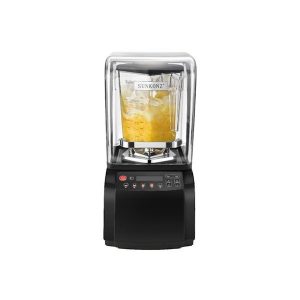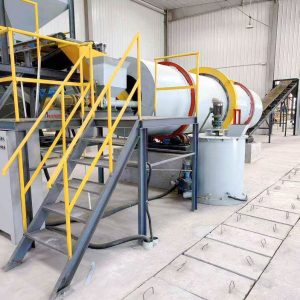Description
1 General part
The industrial waste treated by this incinerator is mainly solid and liquid waste. The technical plan includes the procurement, installation and commissioning of the incinerator purchase project. The project location is in Ningxia. This project intends to build a solid waste incinerator with a daily treatment capacity of 30t/d waste liquid and 3.34t/d, and its supporting waste feeding facilities, flue gas treatment system, ash removal system, automatic control system, interlocking alarm system, waste heat recovery system, emergency discharge, tail gas treatment, online monitoring system, etc.
System equipment design, processing, manufacturing, installation, materials, flaw detection, electrical equipment, inspection, testing and other implementation of the latest national standards and test specifications. All measuring instruments refer to national legal measurement standards:
2 Project Overview
2.1 Engineering design condition
Material parameters to be processed (provided by the owner)
1. Waste liquid: 9000t/a, processing capacity: 1250kg/h, composition: tar 50%, oxalate 10-15%, water and impurities 20-30%, organic waste liquid 5% : heat value: 6000Kcal/kg, waste liquid has a certain fluidity, can be transmitted by gear pump.
2. Solid waste: 1000t/a, processing capacity: 140kg/h, composition: distillate + woven bag + waste solvent, calorific value: 2000-3000Kcal/kg.
3 Process Part
Automatic feeding system — automatic feeding system — Rotary kiln — liquid waste furnace — secondary combustion chamber — SNCR denitration system — Waste heat steam boiler — rapid cooling deacidification tower — dry spray tower (lime, activated carbon jet) — cloth bag dust collector — Induced draft fan — SCR denitration system — spray tower — packing spray tower — wet electric dust collector — smoke fontanel — discharge
4 Brief description of the main process
1) First, turn on the blower to purge the residual gas and other flammable and explosive gases in the furnace to prevent explosion after ignition.
2) Before ignition of the burner, turn on the induced draft fan and purge the furnace for five minutes. The auxiliary fuel natural gas is transported through the pipeline and ignited by the ignition burner. The heat release of the burner increases the temperature of the rotary kiln and the secondary chamber slowly.
3) The solid waste is sent into the rotary kiln by the feeding system, and the combustion temperature is controlled at 850℃ by controlling the oxygen supplement. The waste liquid enters the waste liquid furnace through atomizing spray gun through the waste liquid pipeline.
4) The flue gas generated by the rotary kiln and waste liquid incineration enters the secondary chamber, and the ash generated by incineration is automatically discharged by the wet scraper.
5) The high-temperature flue gas is further incinerated in the secondary combustion chamber, the combustion temperature is increased to 1100℃, so that the incineration is more complete, to achieve the effect of smokeless, odorless, and no secondary pollution. The residence time of the flue gas in the secondary indoor chamber is more than 2.0 seconds, so that the trace organic matter and dioxins in the flue gas can be fully decomposed, and the decomposition efficiency is more than 99.99%. Ensure that the undecomposed organic components and carbon particles in the flue gas are completely decomposed at a temperature of about 1100 ° C. The multi-stage combustion in the secondary combustion chamber effectively inhibits the formation of nitrogen and oxygen compounds.
6) The flue gas from the secondary combustion chamber enters the waste heat steam boiler, and 10% urea solution is injected into the boiler cavity for high-temperature SNCR reduction and stocking out, removing NOx in the flue gas, and then the high-temperature flue gas carries out heat exchange with the boiler evaporation tube tube, and the saturated steam is produced into the factory pipe network. At the same time, the ash in the flue gas is further settled in the boiler cavity, which improves the cleanliness of the flue gas.
7) The flue gas from the boiler enters the semi-dry quench tower. It is transported by a pressurized pump and sent into the reactor through the double-fluid nozzles at the top of the reactor. Atomized droplets are atomized into fine droplets through the double-fluid nozzles. The atomized droplets are subjected to the upward action of hot flue gas and form a high-density area of aerosol suspension near the nozzle. Thus, the regeneration of dioxins was effectively inhibited. At the same time, some sparks in the smoke are extinguished by the spray of water mist, protecting the subsequent cloth bag from being burned.
8) The flue gas then enters the dry acid removal and dioxin absorption device, which is equipped with a storage tank for carbon lime and activated carbon. The carbon lime and activated carbon are transported by the star ash discharge valve and swept by high pressure air, and enter the connecting flue and react with the incineration exhaust gas to further purify the exhaust gas. The role of carbon lime injection is to remove HCl, NOx and other acidic components in the absorption flue gas, and the role of activated carbon is to adsorb and remove a small amount of dioxin-furan and so on.
9) The tail gas enters the air-box bag dust collector to remove the fine dust remaining in the flue gas. The mixture of carbon lime and activated carbon sprayed in the dry spray tower enters the bag dust collector and is adsorbed on the bag, and the adsorbed carbon lime and activated carbon which are not fully adsorbed continue to absorb and react. The filter is provided with a by-pass flue. When the inlet temperature of the bag filter is not within the limit range, the bag by-pass solenoid valve is opened, and the flue gas enters the chimney through the by-pass to ensure that the abnormal smoke temperature does not cause fatal damage to the bag.
10) The flue gas from the cloth bag enters the SCR denitration system through the induced draft fan to further remove nitrogen oxides. After denitration, the flue gas enters the two-stage spray device. The main function is to wash the acid gas, nitrogen oxides and dust in the flue gas, and the flue gas is removed again by the wet electrostatic precipitator.














Reviews
There are no reviews yet.